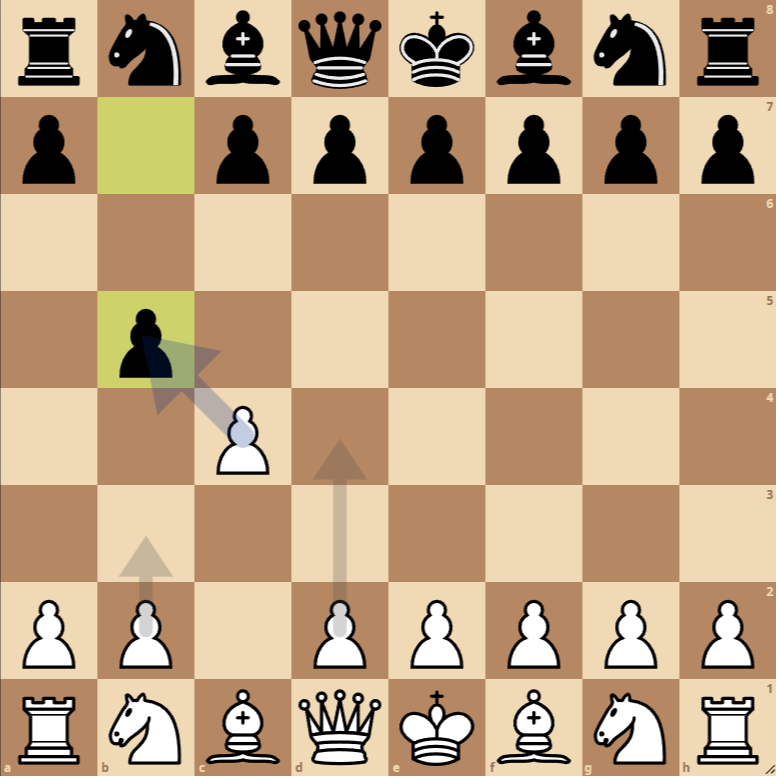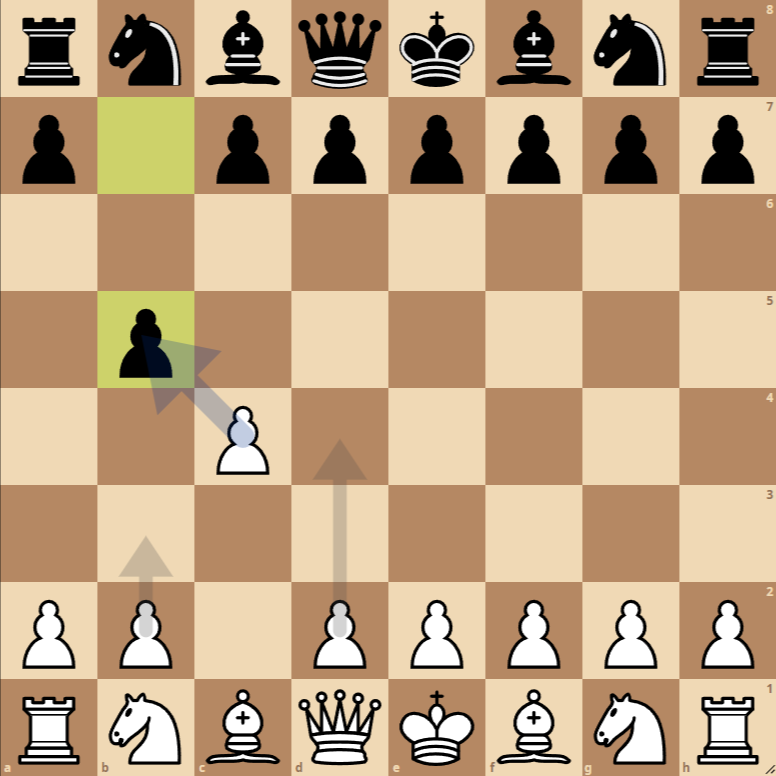How to Play the English Opening: Jaenisch Gambit

The English Opening is one of the most popular openings in chess, known for its flexibility and strategic richness. The Jaenisch Gambit is an aggressive and unconventional variation within this opening. The sequence of moves begins with:
- 1. c4: White starts by advancing their queen’s bishop pawn two squares. This move controls the center from a flank and prepares the development of the queen’s bishop.
- 1… b5: Black responds with a bold move, offering a pawn to gain space and activity on the queen’s side. This move characterizes the Jaenisch Gambit.
Variations of the English Opening: Jaenisch Gambit
Variation 1: 2. cxb5
In this variation, White accepts the gambit by capturing the pawn on b5. Black can continue developing their pieces with moves like …a6, aiming to regain the pawn, or …c5, expanding their control in the center.
Variation 2: 2. e4
White can choose to ignore the gambit and play e4, seeking a firm central control. This leads to more closed pawn structures and a more positional game.
Variation 3: 2. d4
Another possibility for White is to play d4, directly challenging the center and opening lines for the development of their minor pieces, especially the light-squared bishop.

